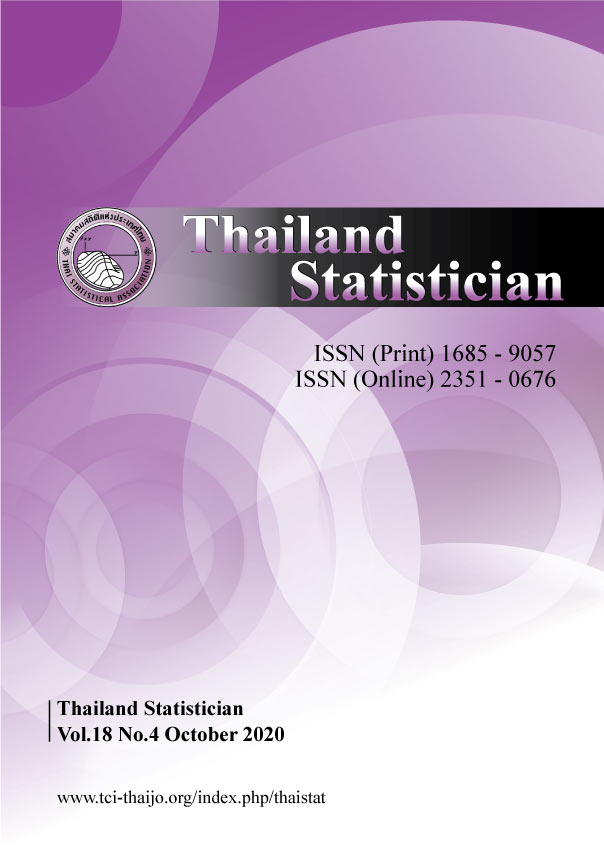Analysis of Water Quality by Using Spatial Graph Theory and Metamodelling
Keywords:
Regression analysis, spatial regression, remote sensing and GIS, simulationAbstract
In this paper, we made an attempt to integrate the use of advanced technology, remote sensing and geographic information system (GIS) software by linking with the water quality data to create the spatial distribution maps for identification of water quality stretch zones and its impact by considering spatial statistics, spatial regression, simulation and spatial graph theory. We mainly focused how statistics, simulation and graph theory can be used to provide insights into better understand the various parameters to the effect of water quality. In the usual regression, it has shown less variation but in the simulated graph the high impact of water quality by different parameters exhibited. It will be helpful to take the precautionary steps for better use of resources. From the analysis, we observed that possible interactions are with variable NA, K, F and overall lack of fit test is significant. R2 is quite impressive and residuals appear to exhibit the cyclical pattern about the regression line.




